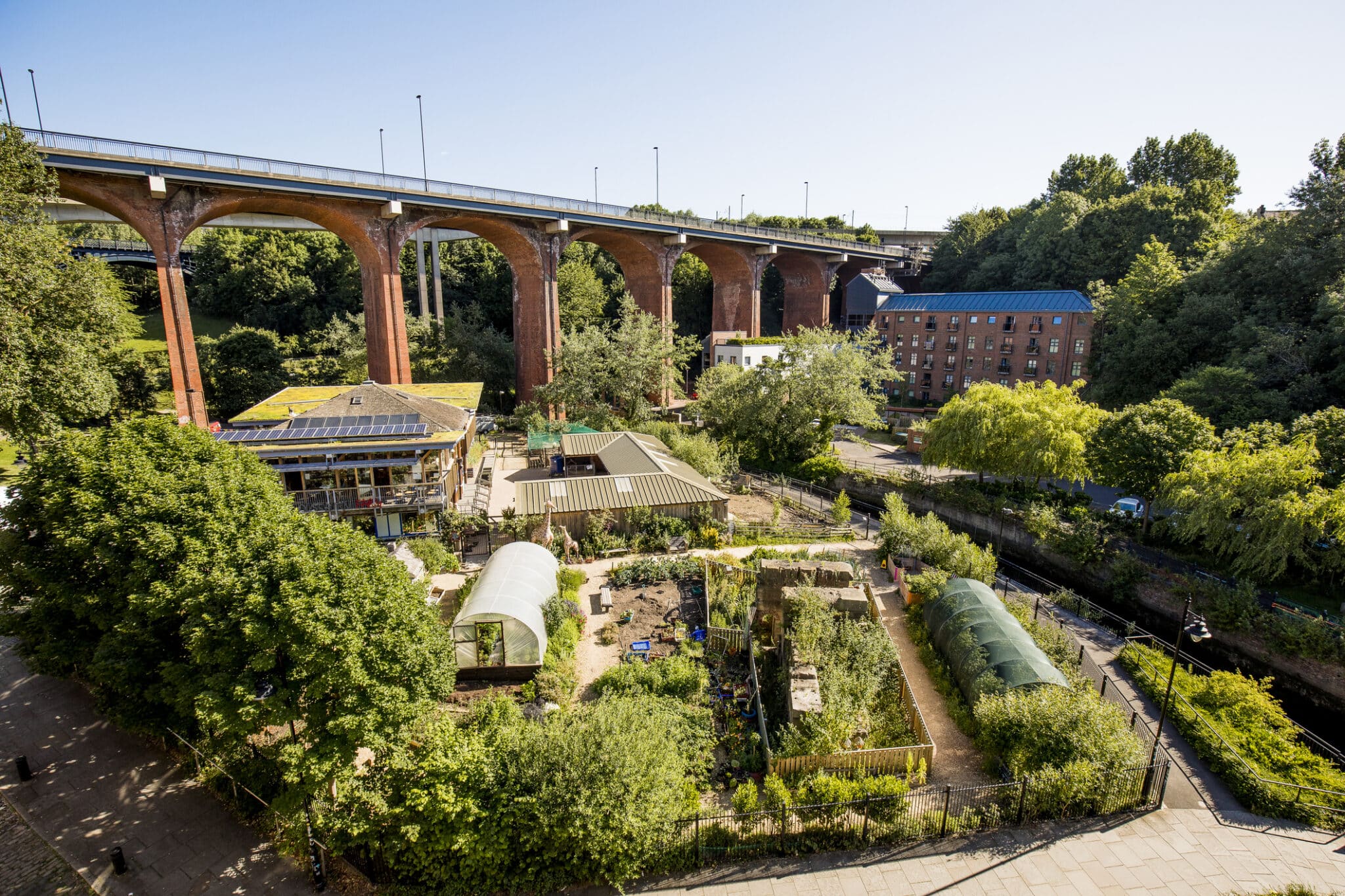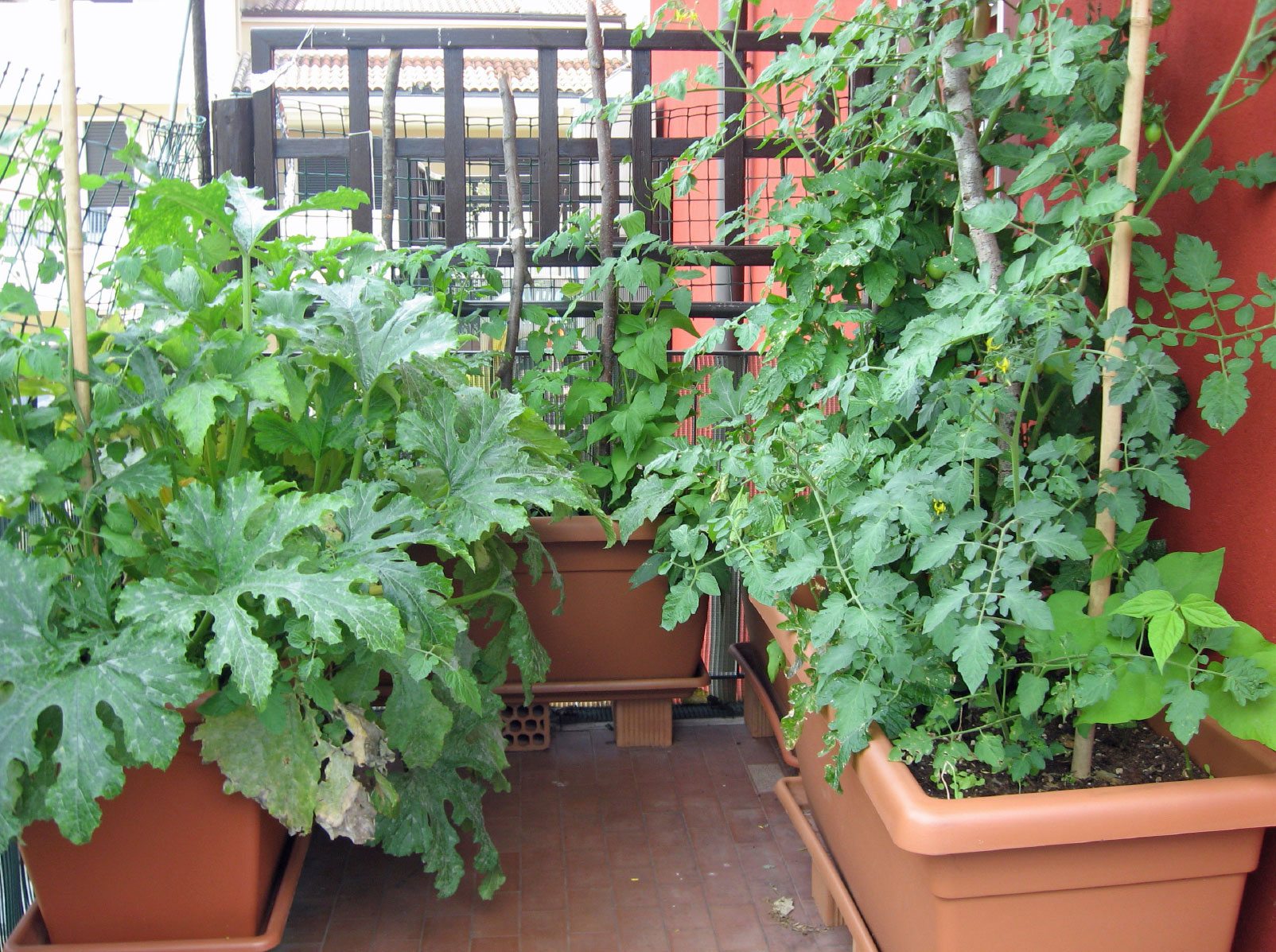How City Blooming can Save You Time, Stress, and Money.
How City Blooming can Save You Time, Stress, and Money.
Blog Article
Get This Report about City Blooming
Table of ContentsThe smart Trick of City Blooming That Nobody is DiscussingSee This Report on City BloomingThe City Blooming StatementsThe Only Guide to City BloomingThe Basic Principles Of City Blooming
Intrigued in growing food for sale in the City of Chicago? Below is a listing of often asked inquiries pertaining to the regulations and policies that cultivators should consider when planning an urban farming project.
The zoning amendment does not change any various other codes dealing with composting, structure licenses, buying or renting City had residential property, business licenses or ecological contamination. There are existing codes that control these concerns and they remain completely result and may be applicable to your task. Area yards are typically owned or managed by public entities, civic organizations or community-based organizations and preserved by volunteers.
Urban ranches expand food that is meant to be marketed, either on a nonprofit or for-profit basis. Due to their business function, urban farms require a company permit.
Indicators on City Blooming You Need To Know
The quantity of compost material can not exceed 25 cubic backyards at any given time according to the standards in 7-28-715 of the City's Municipal Code. Due to the fact that the soil at many new yard sites requires modifying, garden compost, soil, wood chips, or other products can be obtained to build or improve the expanding space.

If a building authorization is required after that the hoophouse will be taken into consideration an accessory structure. You can learn even more about the building authorization needs by contacting the Department of Buildings. The 25,000-square-foot size limit is meant to avoid a solitary neighborhood yard from dominating an offered block or interfering with the block's existing household or commercial character.
The limitation does not use to gardens found in Public Open Area (POS) areas. Can there be even more than one community yard that is 25,000 square feet on a single block? Secure fencing is not required, nonetheless, yards that have huge car parking locations might be needed to set up fence or other landscaping features.
What Does City Blooming Mean?
B1 & B2 areas require that all commercial use tasks be performed indoors. R districts limit commercial task. The laws reflect the purpose and intent of the Zoning Code. Is fence needed for urban farms? Yes. Fencings might be needed, in addition to landscaping and testing, for sure auto parking areas and outdoor work or storage areas relying on place and the details task taking location.
Yes. Urban farms require building permits and zoning approvals prior to construction. Other types of city testimonial might be needed depending on details frameworks, tasks, dimension, landscape design, licensing, public heath and stormwater monitoring problems. A number of these needs are recognized in the task layout or allowing process, however, the candidate might be liable to individually determine particular licenses or allows that may be needed.
Yes. The kind of certificate is determined by page what is occurring at the website. The Department of Organization Matters and Consumer Defense can help identify the specific type of business certificate that's required. Yes. Off street vehicle parking is required for a lot of industrial jobs in Chicago. The needed variety of car parking spaces is based on the number of staff members servicing website and not the square video footage of the growing space.
Not known Facts About City Blooming

Yes. A metropolitan ranch can market compost material created on website, however, the procedure has to adhere to the guidelines in 7-28-715 of the Chicago Municipal Code. Yes. Aquaponic systems are allowed inside on metropolitan farms in lots of zoning districts. A zoning testimonial and structure license is called for in order to install frameworks or systems and a business permit is called for as described over.
As much as five hives or nests of honey bees may be kept as an accessory use. Beekeepers should register with the Illinois Department of Farming. For more details regarding the recommended zoning change you might speak to the Department of Housing and Economic Development, Bureau of Planning and Zoning at 312.744.8563.
Farming in cities and urban locations An urban ranch in Chicago. Urban farming refers to different practices of cultivating. https://moz.com/community/q/user/cityblooming, processing, and distributing food in city locations. The term additionally applies to the area activities of pet husbandry, aquaculture, beekeeping, and cultivation in an urban context. Urban farming is identified from peri-urban agriculture, which happens in rural areas beside suburbs.
Some Known Facts About City Blooming.
, that look for to form social networks founded on a common values of nature and neighborhood holism. These networks can develop by method of formal institutional assistance, coming to be incorporated into neighborhood community planning as a "shift community" motion for lasting city development.
Some of the very first evidence of metropolitan farming comes from Mesopotamia.
Report this page